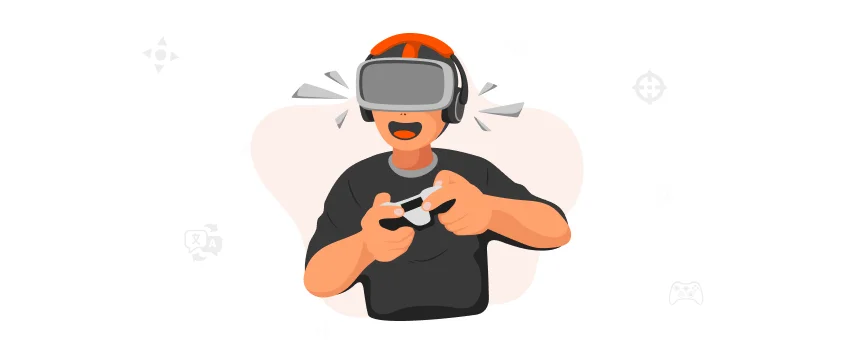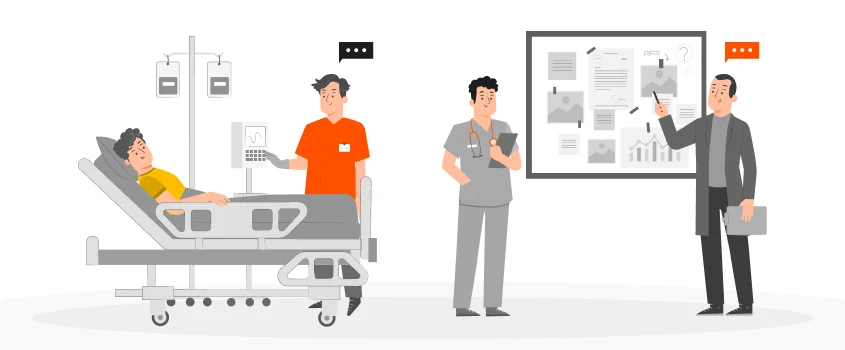Requirement Of Clinical Study To Know Experimental Treatment
By: Shahzad Bashir Posted on Fri, 22-07-2016

By: Shahzad Bashir Posted on Fri, 22-07-2016

If you are interested in health care, you probably heard of clinical studies which are used to find out your experimental treatment are safe or effective. When experts talk clinical studies, you will hear expressions like double-blind comparative, multi-center or adoptive and may be also study arms statistical significance. This has become the most important requirement for every patient that what are they going through.
You can also get your clinical studies in any language; you can also take help from Language Translator who are the part of Thai Clinical Trials translation service. The Thai Clinical Trials translation service helps you to translate different clinical studies according to the demand.
Clinical studies are intended to respond precise scientific questions. For example:
In each case the answer must come in the form of scientific data, not the impression or opinions of the doctors or patients. These can be influenced by any things, which could bias the results. Studies said themselves to make sure this does not happen. For start most studies are comparative, half the patients get experimental drug the others get a standard treatment or placebo, a mockup that has no medicinal action. Most comparative studies performed under double-blind conditions not either the patients or the doctors.
True treatments must look exactly alike and patients entering the study randomized, signed on purely random basis. The answers to most study questions lay in the statistical differences between the results obtained from each patient groups. To ensure that enough data gathered to answer the questions properly, study must include the appropriate number of patient.
How many diseases depends on the questions being asked. This is why many studies involve several hospitals. These multi-center trails ensure adequate data as well as helping to safeguard objectivity. Even before study is completed and enough data may have been collected to allow an interim analysis of its progress.
This may lead to changes in the study, such as modifications to the dosage, number of patients or patient selection. Study setup to allow such changes called adoptive studies. Well designed study always provides an answer to the initial question that is actually the study outcome. The answer may be positive or negative; the drug may or may not achieve attended therapeutic way. By the way, if the answer is clear and has a solid foundation in data, the study has been successful. Both positive and negative study, keep researches ideas about which direction to try next. A negative study is not a failed; it’s a reminder that there is more work to do.
To know all about your clinical study, Language Translation Services are the big help. Language Translators properly explain all of the clinical study to the patients and doctors, which clears all complication.

Playing games in the classroom is an excellent way to get acquainted with foreign languages while exploring another language's cultures
Read more
This article is about translation services companies in Australia. Many translation services are working in the Australian Market. And people
Read more
In the United Kingdom, online translation services are the primary demand of any business. Travel companies, e-commerce, financial institutions, business
Read more
Cookbooks are the best Christmas gifts that you can give to anyone who loves to cook. It is always said
Read more
Article writing is no doubt the backbone to the success of your internet marketing business. Unless your company is going
Read more
In the international economy of today with its rapidly changing environment, any company who is not investing in professional development
Read more
A quality procedure makes sure that a manufactured product passes quality standards. While starting a professional business, food quality should
Read more
How Is A Good Employee Training Program Essential For A Successful Business? Employee training is very essential for different reasons that
Read more
Today, the field of medicine is growing with a lot of progress. It is not wrong to say, the medical
Read more

